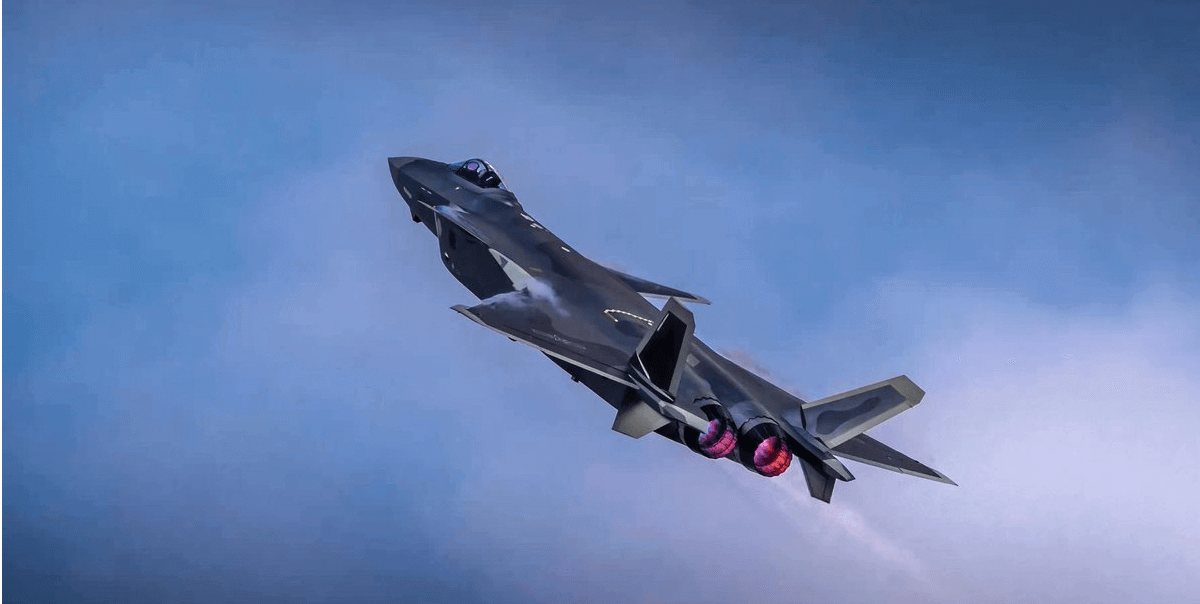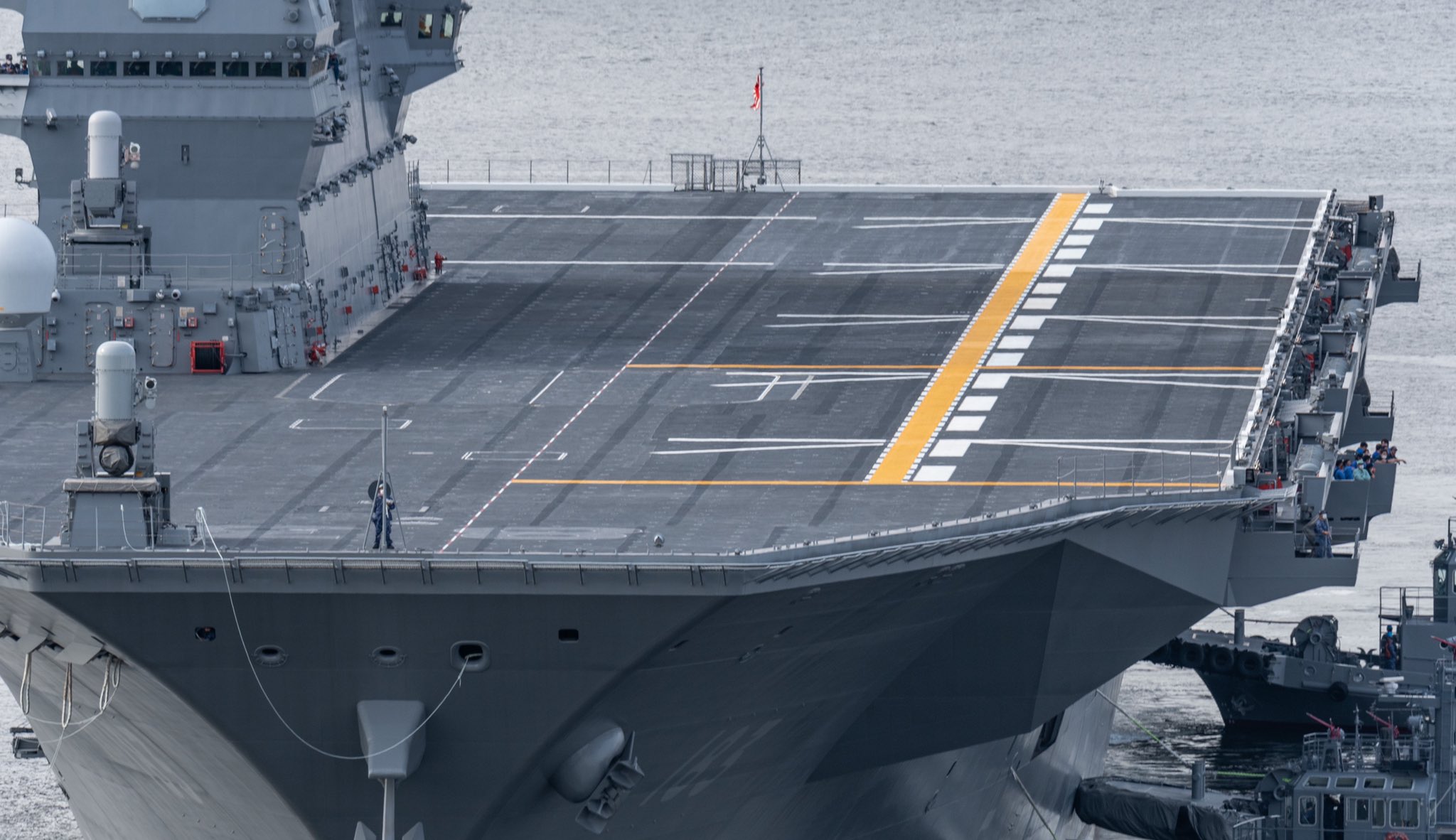As tensions run high in the Indo-Pacific with China’s bellicose warning to Taiwan and the US military drills in the contested region, the PLA Navy has significantly upped the ante and raised the stakes by pressing its Liaoning aircraft carrier in combat training.
Tank vs Tractor — Russian Army Gets The “Ultimate Revenge” On Ukrainian Tractors After They Drove Away With Their Tank
The Chinese Navy said Tuesday that the Liaoning aircraft carrier group had begun a “realistic combat” training exercise in the Western Pacific.
The PLA Navy stated that the mission was regular, followed all international laws and standards, and was “not directed at any third parties” in a post on its social media site.
According to Senior Captain Gao Xiucheng, spokesperson for the Chinese People’s Liberation Army Navy, a Chinese naval aircraft carrier battle group led by the aircraft carrier Liaoning has performed open-sea combat training in the western Pacific Ocean (PLAN), China Military Online reported.

He further stated that it was a routine training exercise that was part of the annual work plan and was aimed to improve the Aircraft Carrier Battle Group’s capability to complete its tasks. Gao said that the training followed relevant international law and practice.
Five destroyers, including a Type 055 – the Chinese navy’s most powerful destroyer, one frigate, and one supply ship escorted the Liaoning.
The fleet entered the western Pacific on Monday afternoon, passing via the Miyako Strait between Japan’s Okinawa islands before moving south, according to Tokyo’s Defense Ministry. However, the US Naval Institute informed later on Tuesday that the aircraft carrier was sailing close to Japan.
Chinese Carrier Liaoning Strike Group Steaming Near Japan, Says MoD – USNI Newshttps://t.co/718c8rPGTg pic.twitter.com/uMaxNW13iD
— USNI News (@USNINews) May 3, 2022
Incidentally, the combat training in the Western Pacific comes a few days after the US destroyer USS Sampson transited through the Taiwan Strait only weeks after China’s People’s Liberation Army (PLA) conducted large-scale naval and air maneuvers in the East China Sea.
When tensions rise over self-ruled Taiwan, which Beijing considers a renegade province that must be retaken by force if necessary, military exercises are a common way for the PLA to show its strength and resolve.
Earlier, in a rather unusual move, the Chinese PLA Air Force had pressed its indigenously developed stealth J-20 stealth fighters for patrol missions in the region.
The J-20 started conducting combat patrols in the East China Sea and alert patrols in the South China Sea after it switched to domestically made engines, as previously reported by the EurAsian Times.

Song Zhongping, a Chinese military analyst and TV commentator, had then said that the J-20 would be deployed in potential combat zones and at sea, especially as the US fighters like F-35 and F-22 were operating close to China.
Further, the J-20 was deployed in normal maritime management and control missions, revealed Wang Li, a J-20 pilot with the PLA Eastern Theater Command Air Force’s Wang Hai Air Group on, March 5.
Liaoning Sailing In The Western Pacific
A total of eight PLA Navy ships, including the aircraft carrier Liaoning, the Type 055 large guided-missile destroyer Nanchang, the Type 052D guided-missile destroyers Xining, Urumqi, and Chengdu, the Type 052C guided-missile destroyer Zhengzhou, the Type 054A guided-missile frigate Xiangtan, and the Type 901 comprehensive supply ship Hulunhu, were spotted on their voyage to the Western Pacific, Global Times reported.
An 8-ship #Chinese #Navy task group led by #carrier LIAONING 16 was observed 1 May by Japanese defense forces underway in the East China Sea, then passing south of Okinawa into the Pacific Ocean. With LIAONING are destroyers NANCHANG 101, XINING 117, URUMQI 118, CHENGDU 120… pic.twitter.com/8sjYDfJvNg
— Chris Cavas (@CavasShips) May 2, 2022
Incidentally, the US Aircraft Carrier USS Abraham Lincoln is currently in the Philippines Sea, which means that the two battle groups were in close proximity to each other at some point.
In a photo attached to the press release, a number of J-15 carrier-based fighter jets, as well as Z-8 and Z-9 helicopters, were seen standing by on the Liaoning’s flight deck.

The Liaoning had participated in some maritime exercises earlier this year, according to official PLA media outlets. However, this should be the first time it has sailed across the first island chain and into the West Pacific in 2022, following the aircraft carrier’s last far sea voyage in December last year, observers said.
Based on prior such voyages, the Chinese vessels could continue east into the Pacific Ocean after passing through the Miyako Strait, or they could transit south through the Bashi Channel to the island of Taiwan and perform maneuvers in the South China Sea.
The expert went on to say that the Carrier Group’s quality and quantity of vessels – which includes five “Chinese Aegis” Destroyers was noteworthy and demonstrated the PLA Navy’s rapid rise.
Further, Japan’s Ministry of Defense Joint Staff, the Izumo, a de-facto aircraft carrier, was dispatched along with P-1 maritime patrol aircraft and P-3C anti-submarine aircraft to gather intelligence and monitor the operations of the Chinese vessels.

Chinese analysts believe that Japanese and US warships and warplanes will almost certainly undertake close-in reconnaissance and aggressive maneuvers against the Chinese flotilla, thus Chinese vessels and vessel-based aircraft must have been well equipped to confidently deal with them.
The Liaoning was initially purchased as a hulk from Ukraine and extensively repaired. Since then, China has added the Shandong, a second wholly home-built carrier, and is reported to be working on at least two more.
China’s military seems to be focused on training under actual warfare conditions, presumably in acknowledgment of the country’s lack of combat experience dating back four decades.
With tensions rising in the region, the Chinese PLA has an added incentive to project power and brush up its combat skills.
- Contact the author at sakshi.tiwari9555@gmail.com
- Follow EurAsian Times on Google News




